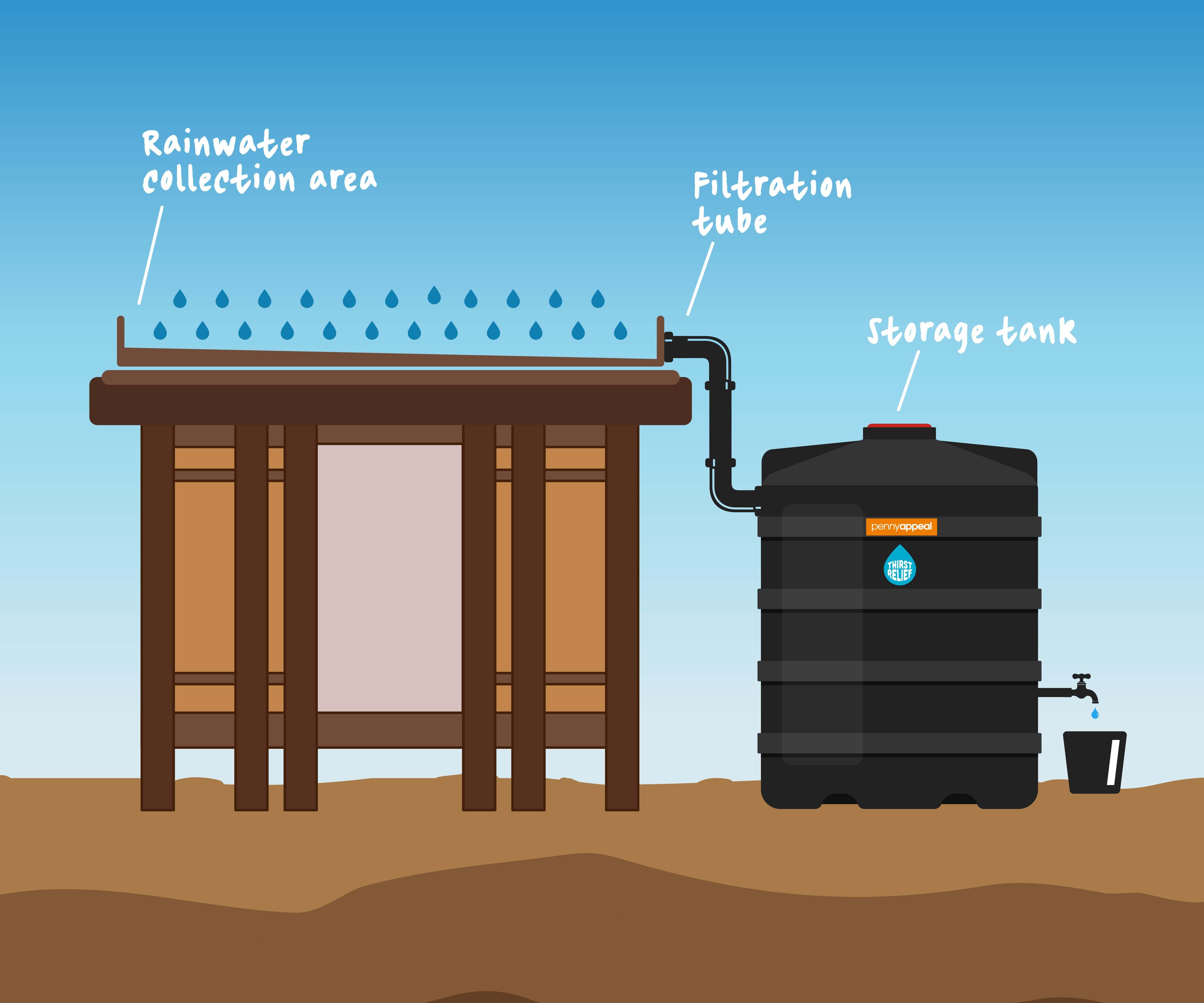Sustainable Architecture and Eco-friendly Building Materials
Sustainable Architecture and Eco-friendly Building Materials
In recent years, there has been a growing emphasis on sustainable architecture and the use of eco-friendly building materials. This approach focuses on reducing the negative environmental impact of buildings and promoting energy efficiency, resource conservation, and improved indoor air quality. Here are some key aspects of sustainable architecture and examples of eco-friendly building materials:
1. Passive Design and Energy Efficiency
Sustainable architecture emphasizes passive design strategies that optimize natural lighting, ventilation, and temperature regulation. By designing buildings that take advantage of natural resources, energy consumption can be significantly reduced. For example, large windows and skylights can maximize daylight, reducing the need for artificial lighting during the day.

2. Renewable Energy Sources
Integrating renewable energy sources into buildings is a crucial aspect of sustainable architecture. Solar panels, wind turbines, and geothermal systems can provide clean and renewable energy to power buildings, reducing reliance on traditional energy sources and lowering greenhouse gas emissions.
3. Green Roofs and Living Walls
Green roofs and living walls are innovative solutions that enhance sustainability in architecture. Green roofs consist of vegetation planted on the roof surface, providing insulation, reducing stormwater runoff, and improving air quality. Living walls are vertical gardens that offer similar benefits while also adding aesthetic appeal.
4. Eco-friendly Building Materials
Using eco-friendly building materials is essential for sustainable architecture. These materials are sourced responsibly, have low environmental impact throughout their life cycle, and can be recycled or reused. Examples include bamboo, reclaimed wood, recycled metal, natural stone, and low VOC (volatile organic compound) paints.

5. Water Efficiency and Rainwater Harvesting
Sustainable architecture promotes water efficiency through measures such as low-flow fixtures, water-efficient landscaping, and rainwater harvesting systems. Collecting rainwater for non-potable uses, such as irrigation or toilet flushing, reduces strain on municipal water supplies and conserves this precious resource.

6. Biophilic Design
Biophilic design is an approach that incorporates natural elements and features into built environments, promoting a connection between humans and nature. This can include the use of natural materials, access to green spaces, and incorporating views of nature to improve occupant well-being and productivity.
Comments
Post a Comment